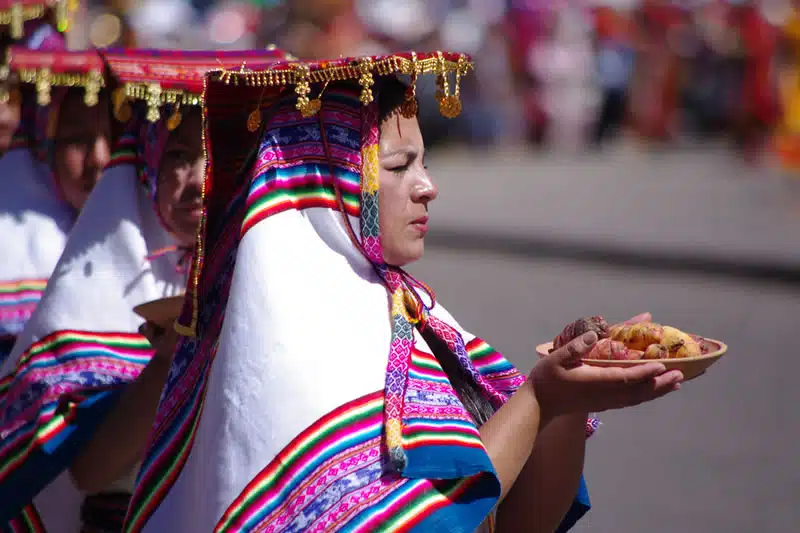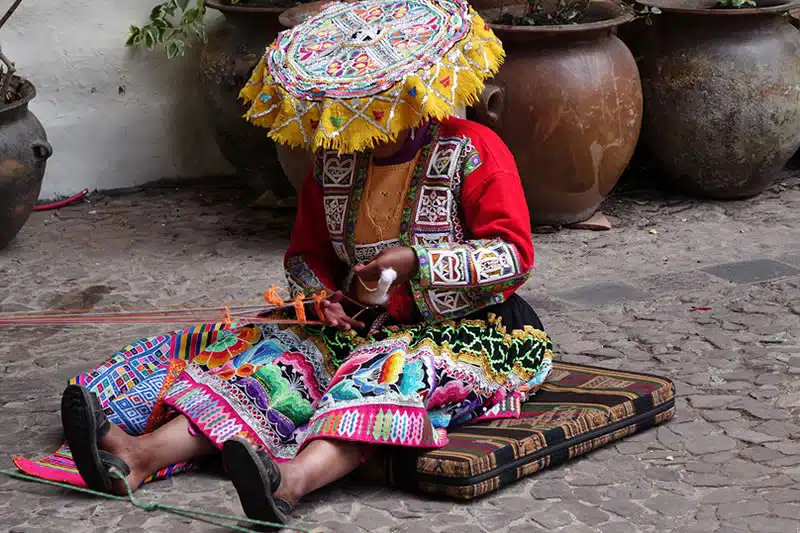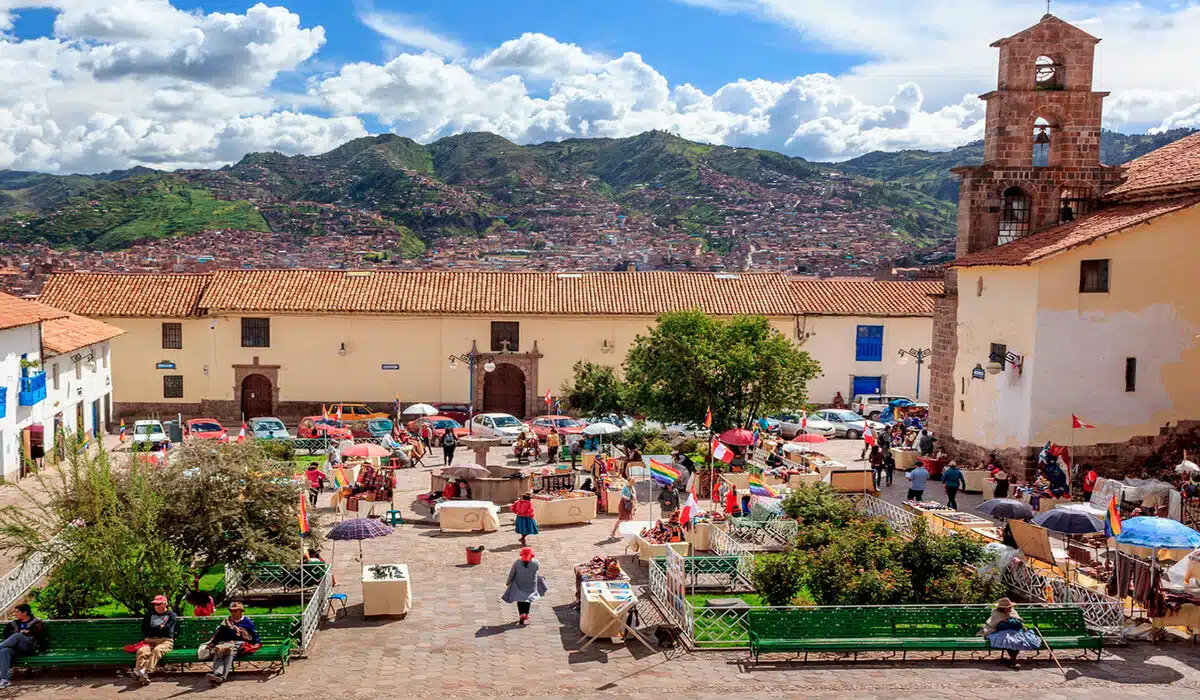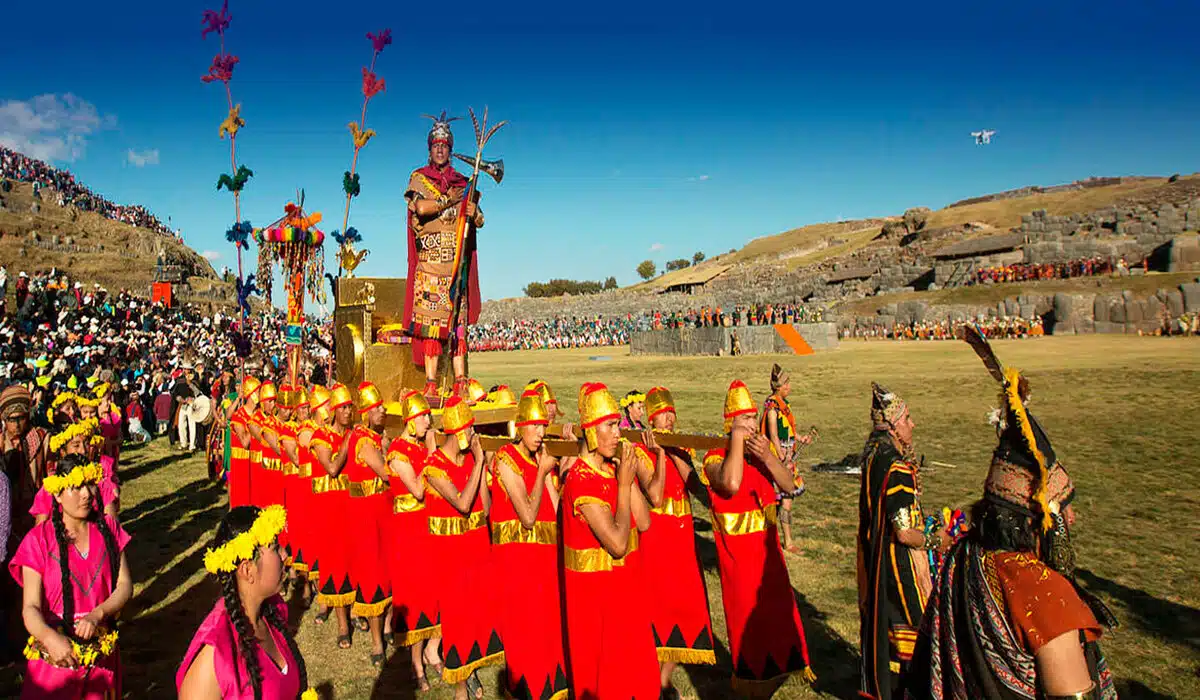The Incas and sexuality: marriage, prostitution and more
Sexuality in Inca times differs greatly from how modern society sees it. The Incas understood that sex and sexuality was an important part of life. It did not penalize homosexuality and the practice of sex as it usually is today, especially from the point of view of the Catholic Church. Precisely the information about the Incas and their sexual life has come from the chronicles of the Spaniards who professed this religion and who frowned upon the sexual practice of the Incas. Learn more!
Tabla de Contenido
Sexuality according to the Inca worldview
The Incas and the cultures of Ancient Peru did not repress sexuality. On the contrary, it was seen as a fundamental part of the development of the Inca State.
In the Inca culture, the masculine and the feminine represent indissoluble forces, whose complementarity made possible the constitution of the universal order.
The union of man and woman, and above all, procreation were necessary for the formation of a correct State.
Sex was also taught and learned. The presence of the huacos, with representations of various sexual practices, was elaborated long before the Incas.
The Mochicas, for example, represented sexual relations of various kinds. And in this art they did not show any type of discrimination or moral lack as can be seen today. Even in Inca times, from adolescents to men and women, sexual practice was allowed.
It is even mentioned in the chronicles that there were women who taught children masturbation and how to prolong the erection.

The Incas and sexual practice
In Inca ceramic art you can appreciate the sexual practice between boys.
While today sex in many societies is seen today as immoral or even prohibited acts; the Incas practiced it as something healthy and normal.
Even the Mochicas, in their famous huaco portraits, represented these practices as eight ways of having intercourse. They also represented masturbation and sexual relations between people of the same sex.
The Incas, for their part, resorted to aphrodisiacs to enhance arousal and pleasure during sex. These aphrodisiacs were present both in the nobility and in the priestly class.
The most used aphrodisiac was the ‘chotorpo’ (male plant that served to improve sexual stamina). Even sexual amulets were used
Marriage in Inca times
In the Inca era, the State decided a large part of the life of its inhabitants. Thus, marriage was regulated in every aspect, the objective was to better manage its inhabitants.
The chronicles indicate that a festival was organized annually in the main square ‘Huacaypata’ of Cusco. There were organized two rows of men and women. The order was designated by the social importance of each person. The curaca or the Inca himself was in charge of bringing both people together and formalizing the union.
The Incas practiced the so-called “servinacuy” marriage. This meant that the couple would have a trial period before formalizing the marriage.
During the servinacuy, the couple spent a trial period to get to know each other better. If the coexistence was positive, the final union was made.
It should be noted that during the servinacuy the couple could have sex and could even have children. In case the coexistence was not positive, the children went to the home of the mother and her family.
The Inca nobility could celebrate the union between relatives, even between brothers. The objective was to maintain the privileges of the noble lineage (in the Inca state, social promotion was not possible). Thus, the union of couples of different social classes was not allowed in Inca times.
This coexistence before marriage was harshly rejected upon the arrival of the Spanish in the 16th century (by order of the Provincial Council of Lima in 1582)

Was there polygamy in Inca times?
Yes, the manly Inca nobility could practice polygamy. However, this was a minority since the great popular mass practiced monogamy. This is because it was expensive to support more than one woman. The Inca elite could afford it.
In the 16th century, polygamy was prohibited and severely punished by the Spanish. The most famous example was the death sentence of Emperor Atahualpa in 1533. Among the charges against him were polygamy and having his sister as his wife.
That is, polygamy was practiced only by the Inca elite. The lower class, unable to climb socially, did not allow themselves
Virginity in the Inca period
In Inca society, although the woman was the complement of the man and fulfilled a fundamental role in the family; his role was not of the importance as the one that the Incas esteemed the man.
This was also reflected in aspects of the sexual life of the Incas. While widowed women with children kept sexual abstinence and were prevented from remarrying; widowers were allowed to remarry as soon as possible.
However, this did not mean that the woman should maintain her virginity until adulthood. The chronicles indicate that the age at which Inca women could procreate a child was approximately eighteen years of age.
In Inca times, sex between young people was well regarded, it was not a reason for any sanction. Even if the woman was beautiful and sexually attracted to men, this represented social prestige. So she could get more suitors.
When the woman became pregnant, her fertility was demonstrated, so her prestige in society (the ayllu) was even greater.
That is, virginity had no moral value for the Incas. Fidelity didn’t mean much either. The man could have children with more than one woman. This was how the Inca State could ensure production and social organization.
These Inca practices were suppressed by the Spanish and continue to be suppressed today.

Pregnancy in Inca times
For the Incas, reaching puberty means beginning the path to marriage and procreation. Even the first menstruation was celebrated (ceremony in which the young woman, after several days of fasting, received new clothes and her hair was drawn).
Similar rituals were performed during pregnancy. When it was a bad pregnancy, the shamans intervened with medicinal practices.
During the first years of raising their children, the women refrained from practicing sexual relations. This was believed to be bad for breast milk. However, the child stopped breastfeeding when he was two years old.
Prostitution in Inca times
The chronicles indicate that prostitution was practiced during the Inca Empire. However, this was viewed with great contempt by the population.
Women were not supposed to talk to prostitutes. This was punished with a total haircut in public. The prostitutes could marry (to maintain the Inca social organization), however, they were repudiated by their husbands.
The prostitutes were named as ‘pampayruna’. The Cusco chronicler Garcilaso de la Vega mentions them this way:
“(…) they lived in the fields, in some bad huts, each one by itself and not together: they could not enter the towns because they did not communicate with other women. Call them pampayruna, a name that means residence and trade, because it is made up of pampa, which is the square of the flat field, and runa, which is singular, meaning a man or woman, and in the plural, it means people. Together both dictions, if you take them in the meaning of the field, pampayruna, means, people who live in the field, this is because of their bad office; And if they take them to mean a square, it means a person or woman from a square, implying that, with a public square and it is ready to receive all those who want to go there, they are like that and are public for everyone. . In short, it means, public woman «.
Homosexuality in Inca times
Within the Inca world homosexuality was often practiced. This was reported by the Spanish chroniclers who, of course, repudiated this practice.
The Spanish chronicler Pedro Cieza de León describes it as follows:
«(…) because the devil is more imprisoned in the chains of his perdition, it is certainly true that in the oracles and shrines where the answers were given, it was understood that it was convenient for his service that some young men were in the temples from their childhood, so that in time and when sacrifices and solemn festivals were made, the lords and other principals would use the accursed sin of sodomy with them.”
That is to say, homosexuality for the Incas had features of religiosity. On the other hand, sexual relations between women were also accepted, especially among those who lived in social life as men.
It is known that there were women who could perform in a great way in war. They could maintain a sexual life between them. It is assumed that lesbianism in Inca times was practiced mainly by the elite élite.






